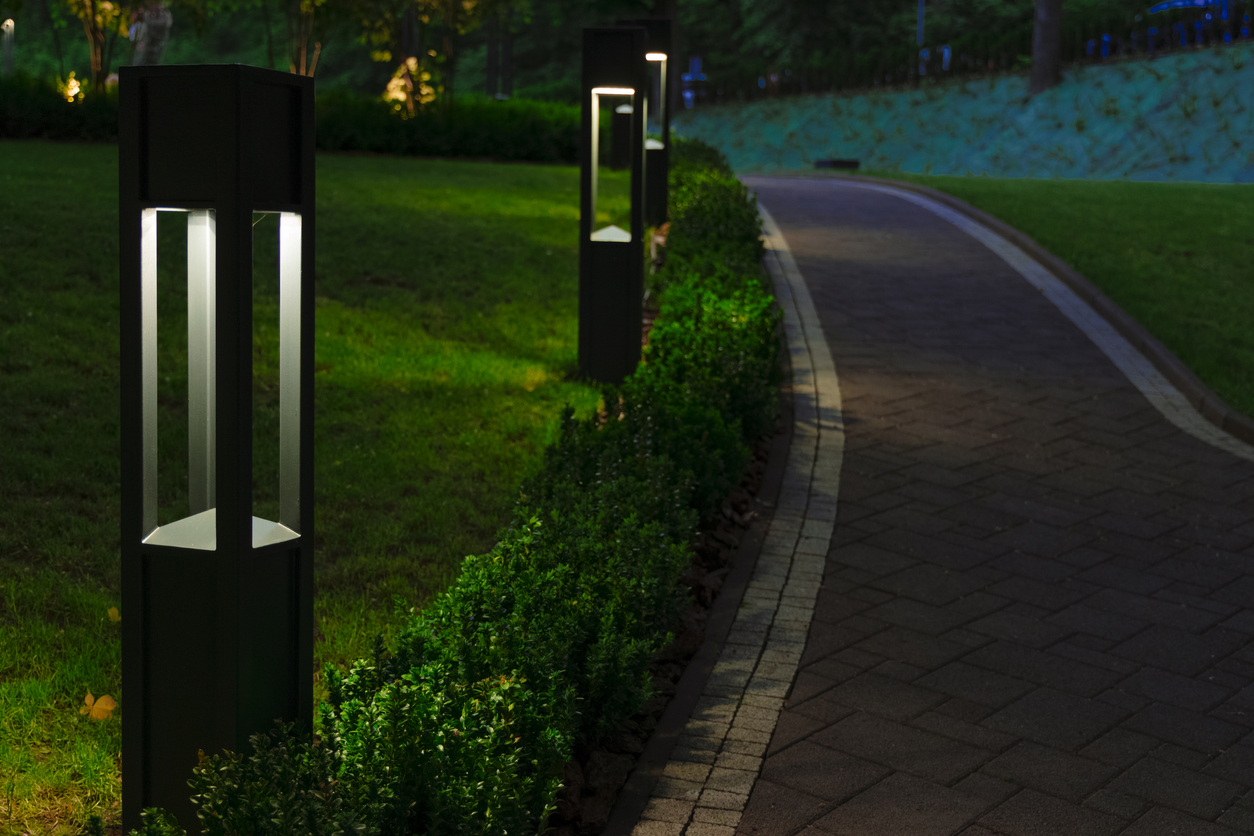Home Decor●Tips
How Can Lighting Enhance Your Space?
September 26, 2022
Without enough lighting, a room might appear small and dark. A brighter and more inviting environment evolves by correctly spreading light inside an area. This is primarily a result of the absence of shadows and harsh/dark lighting.
Professional lighting designers utilize a method known as layered lighting to make a room appear larger. This layered lighting style combines ambient, task, and accent lighting, each of which serves a distinct function. This calls for using numerous light sources to achieve the required appearance and atmosphere. Continue reading to learn more.
Path Lighting
Thanks to pathway lighting, you can stroll securely, even with little or no natural light. Instead of covering the entire area in light, you can place small, focused areas of low light where you need them.
Lights can be turned on as you move ahead and off as you pass through the space using switches normally located at either end of the corridor. This lighting is often seen outside, lighting the path along landscaping. It can also be used inside.
A good use of pathway lighting is on stairs or down long hallways. You might also use it to direct guests to certain rooms.
Task Lighting
Have you ever struggled to read a page when curled up in your favorite recliner with a good book? Or perhaps, when preparing dinner, you noticed that you were obscuring the cutting board with shadows. These two situations are excellent examples of the necessity for strong, useful light, sometimes known as task lighting.
You may illuminate your home in the places that require it the most by gaining knowledge about the uses and varieties of task lighting. These lights illuminate a single area, typically for a specific purpose. Areas identified include work surfaces, closet lighting, and undercabinet lighting in kitchens.

Art or Decorative Lighting
You’ve just completed hanging the final piece on your gallery wall. That means you’re finished, right? Not exactly. You can call it done and move on to your next DIY project, or you can use the correct lighting to let those carefully curated pieces of art sparkle. When it comes to lighting art, there isn’t a one-size-fits-all method, and there are a few possible problems. The key decision is to directly illuminate the art or let it hang in a well-lit space. In either case, it’s crucial to understand how to employ lighting specifically for art or design to highlight your environment.
General Lighting
General lighting, sometimes called ambient lighting, is meant to generate a consistent light level across a space, regardless of any particular lighting that might be required in some areas of a room. It offers overall illumination for a room. In most household settings, general lighting illuminates a place when a person enters it and turns on a switch.
There are many different types of general lighting, such as wall sconces, floor lamp torchieres, ceiling-mounted or recessed lights that shine light downward, cove, soffit, and valance lighting that reflects light off walls and ceilings.
How Do You Use These Lights in Layered Lighting?
For high-quality lighting, layering your lighting sources is the best strategy. Utilizing general, pathway, and task lighting together is the simplest approach to creating layered lighting.
It’s important not to push the use of all three types of lighting in areas where they are not required. Layered lighting is when there are sparks of interest from gorgeous fixtures or the brightness and form of the glow, and the entire room has an overall light without intimidating shadows. Even though the three types frequently overlap, it’s crucial to distinguish between them.
The objectives of lighting a home include ensuring that each area is adequately lit for the tasks that must be done there, that the lights support the general mood of each room and are not distracting and avoiding common lighting errors like installing too many switches in the wrong places, ensuring that the shadows made by light sources are pleasing to the eye, and avoiding disproportionate fixture placement and selection.
Summary
Understanding lighting is essential for the ambiance you wish for your space. If you are remodeling or building from the frame, knowing your intentions for lighting is necessary early in your project. Talk with a lighting professional about your needs to ensure your plan works and that you get precisely what you want.


